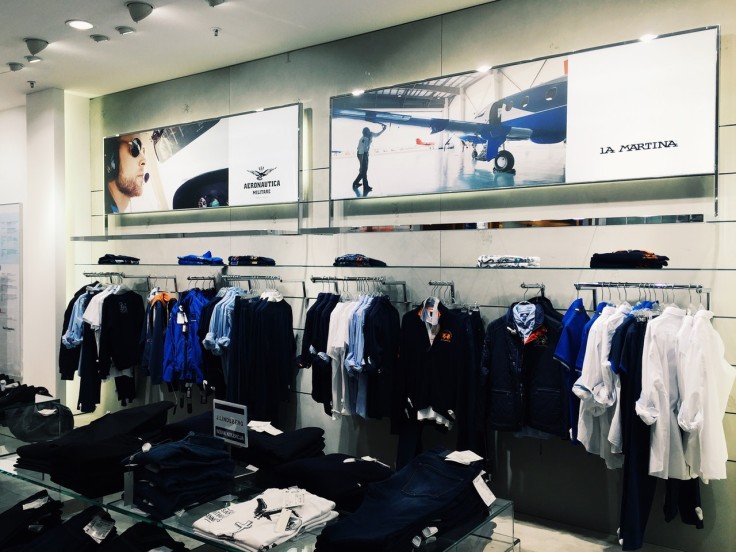
When you buy something nowadays, whether online or in a retail store, the entire process of the transaction is guided by cutting-edge technology. Never in history has the point-of-sale been as smooth and customer-friendly as it is now. Walking through a fictitious purchase, we can get a clear view of how the modern tech-based consumer economy operates and highlight a few of its key components. Also it's good idea to check out site like T-Roc Global, one of the fastest-growing outsource companies in the U.S. Now, Here's the situation:
Let's consider a consumer who spends 30 minutes comparing prices and features of electric drills at online retailers. He's literally overwhelmed by the selection, by the number of sellers and a wide range of prices. Finally, after watching a half-dozen videos of his favorite drills in operation, he chooses one based not on price but on its features and the five-star rating other buyers have awarded this particular piece of equipment and its big-name manufacturer. He uses a bank debit card to make the buy and notes the expected delivery date on his calendar. The drill is to arrive in three business days.
Scanning and Inventory Control
At the manufacturer's warehouse, a robot product-picker pulls the item from a 15-foot high shelf in a massive warehouse located outside Kansas City, Missouri. The tool is already packaged and has previously passed four quality-control tests, so it's loaded onto a conveyor belt by the robot and sent to delivery. On its way, the package barcode is scanned by another robot and the company inventory is automatically adjusted for the sale of one electric drill, product number 12345. Al financial data, including sales price and state tax amounts, are automatically recorded on the company's books.
Transport Magic
The drill, along with 250 other similar items, is loaded onto a company truck and taken to a delivery hub where postage will be affixed and some products will be sent via the U.S. Postal Service. Others, that will travel on private carriers, await pickup at the dock. Drivers from several companies show up and take the packages to their own processing centers. All routing, logistics and delivery data is logged via special apps that track every movement of every package every second, from the time it is ordered until it is in the hands of the buyer.
Delivery: Rise of the Smart Locker
A customer in a condo community in San Diego. His property manager has installed a smart locker console in the main lobby so residents can access their packages 24/7/365. Some lockers are refrigerated to accommodate medicine and food deliveries, but his drill needs none of the fancy treatment, so when the drill arrives via courier at the condo lobby, the driver simply scans the package code into the locker's control panel. After that, the driver places the package into a numbered locker, makes a few notations on the screen and leaves. He receives a text from the company when the item shipped, and another from the courier when the drill arrived at the condo. When he gets home from work, he simply inputs the numeric code the courier sent him into the control panel, opens the locker and take out his package.









